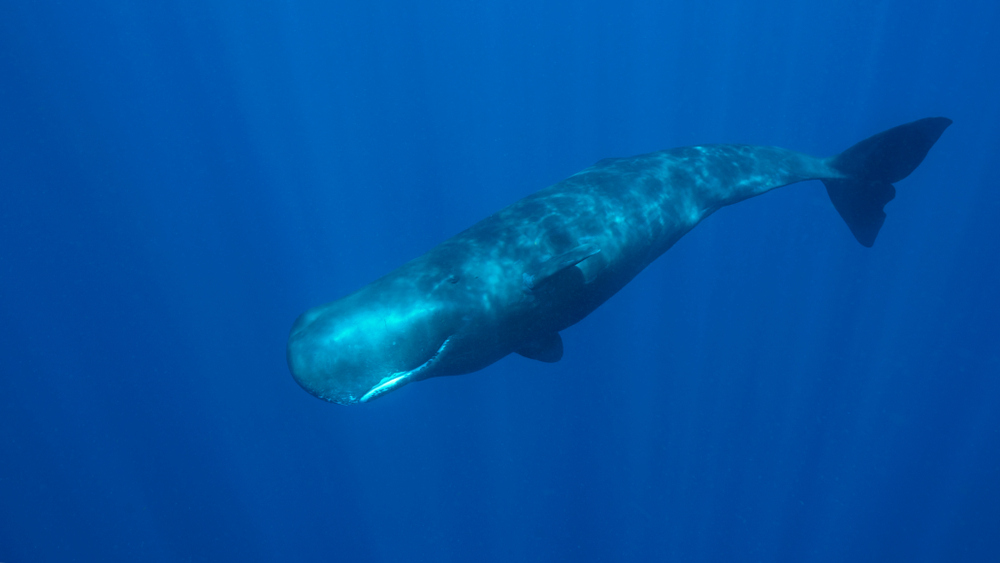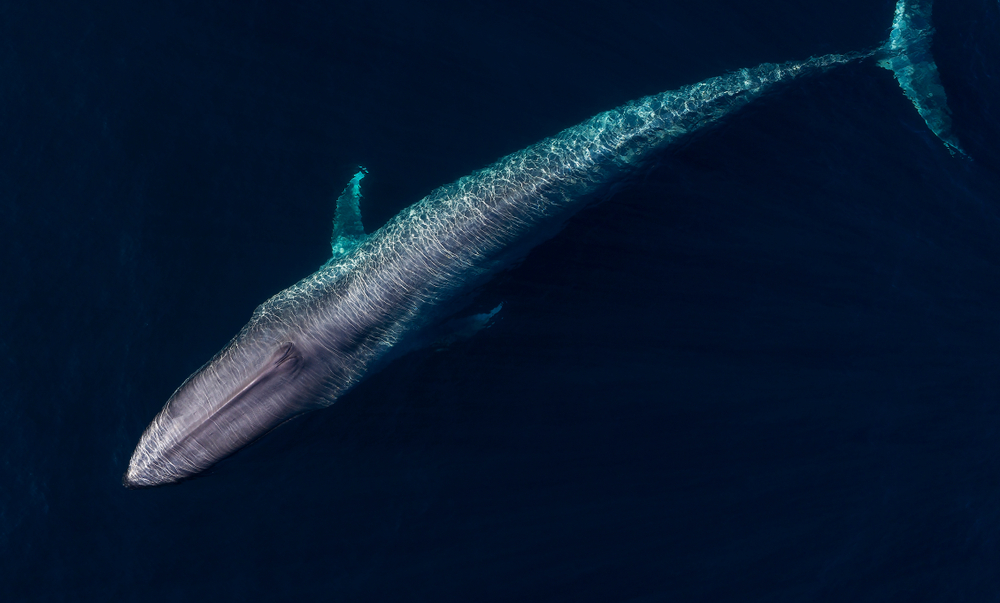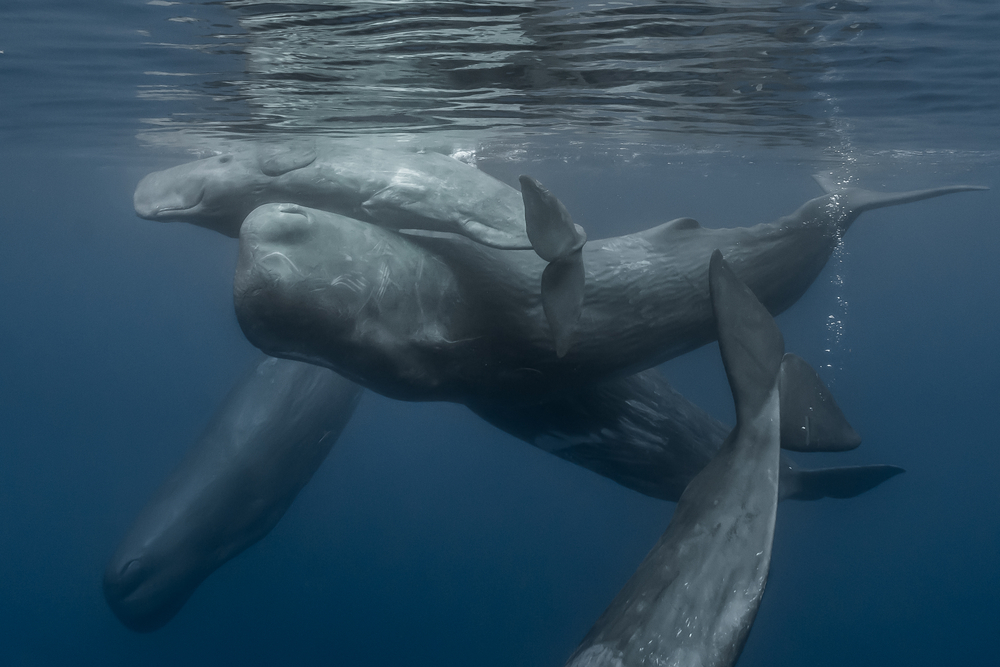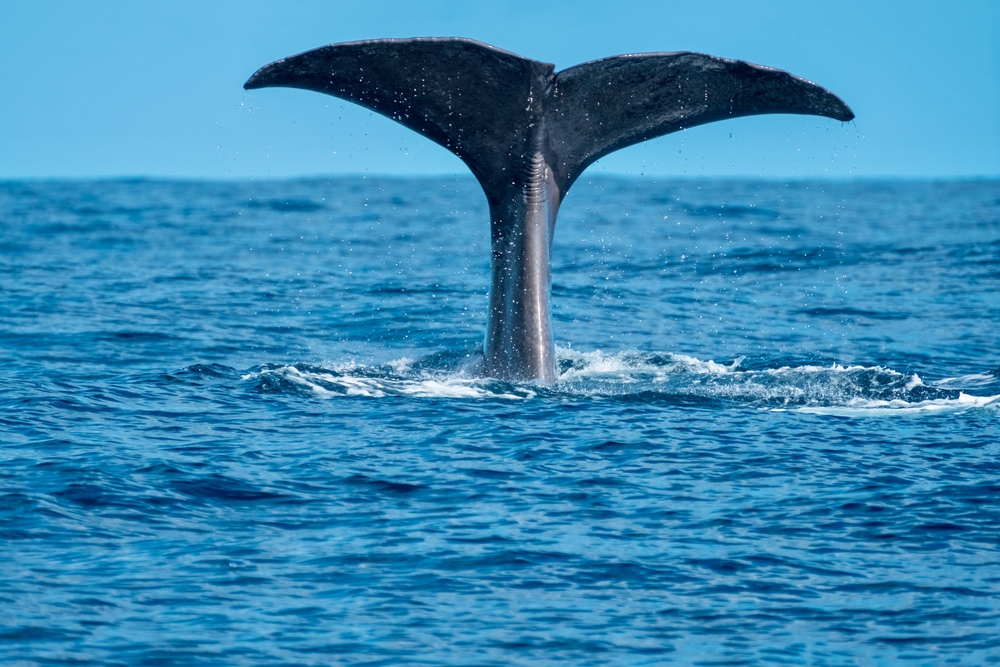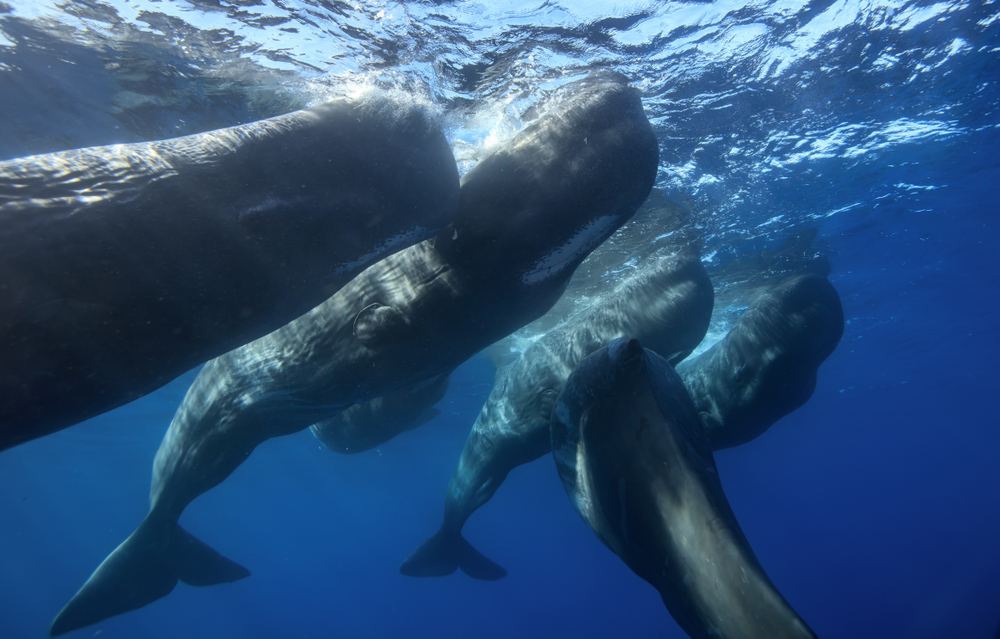The species most similar to the sperm whale is the pygmy sperm whale (Kogia breviceps). Like the sperm whale, the pygmy sperm whale belongs to the family Physeteridae and shares some physical characteristics and behaviors.
However, the pygmy sperm whale is smaller in size, with a maximum length of around 3.5 meters (11.5 feet), compared to the larger sperm whale, which can grow up to 20 meters (65 feet) in length. Both species are known for their deep-diving abilities and their consumption of squid as a primary food source.



































































